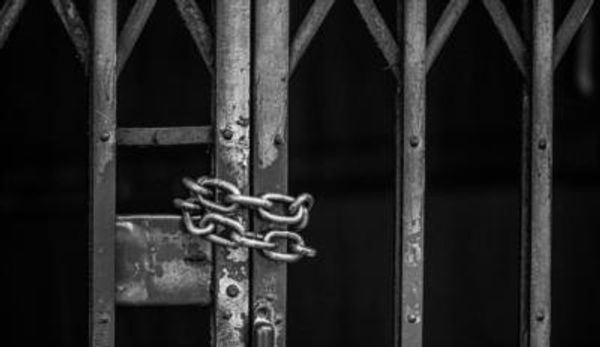U.S. employers added more than double the number of jobs forecast, illustrating rock-solid labor demand that tempers recession worries and suggests the Federal Reserve will press on with steep interest-rate hikes to thwart inflation.
Nonfarm payrolls jumped 528,000 in July, a broad advance that beat all estimates and was the largest in five months, Labor Department data showed Friday. Employment in June was revised up to a 398,000 gain.
The unemployment rate fell to 3.5%, matching a five-decade low. Wage growth accelerated and the labor force participation rate eased.
The median estimates in a Bloomberg survey of economists called for a 250,000 payrolls gain and for the jobless rate to hold at 3.6%. Treasury yields surged, the S&P 500 opened lower and the dollar rose sharply.
The report suggests a voracious appetite for workers, particularly in the service sector that’s been struggling with labor shortages. The payrolls gain was broad and included firmer hiring in accommodation and food services, where companies are scrambling to beef up staffing levels against a backdrop of pent-up demand. Payrolls also picked up in education and health care as well as business services.
The job market’s latest report card also helped eased concerns about hiring that were stirred up by anecdotes of cutbacks in the technology industry and at some retailers including Walmart Inc.
While the strong advance in payrolls and wages are welcome news for President Joe Biden, it’s also likely to stiffen the Fed’s resolve to stay on the path of large interest-rate increases.
Average hourly earnings also surprised to the upside, rising 0.5% in July after an upwardly revised 0.4% gain in the prior month. From a year earlier, earnings advanced 5.2% for a second month. An elevated pace of earnings growth suggests inflationary pressures will persist, a concern for Fed policy makers.
“Certainly 75 basis points will be on the table for the for the next meeting,” Randall Kroszner, an economics professor at the University of Chicago Booth School of Business and a former governor at the central bank, said on Bloomberg Television. “The thing is not only the strength of the labor market, but it is also the significant increase in wages higher than expected upward revisions.”
Both payrolls and the unemployment rate have returned to their February 2020 pre-pandemic levels.







